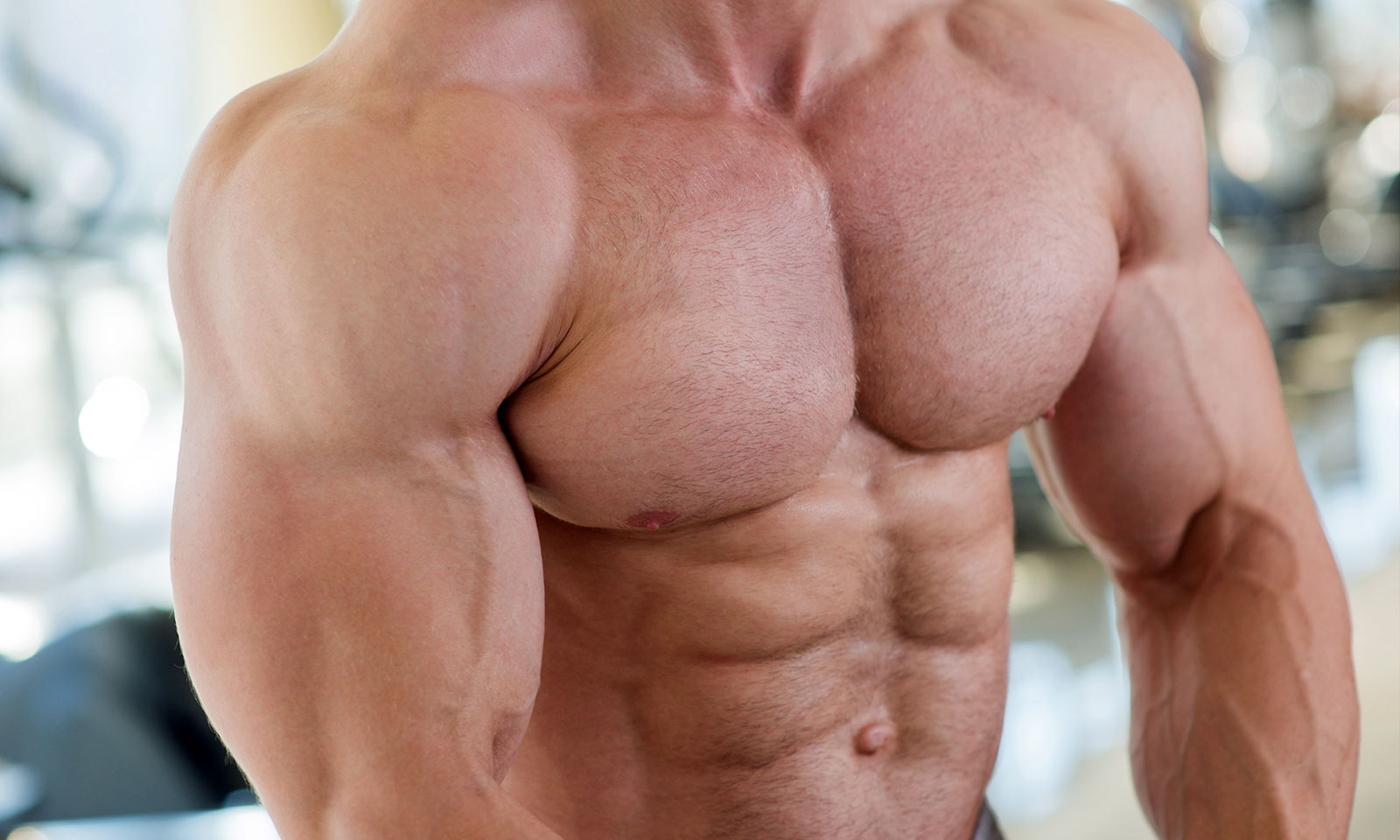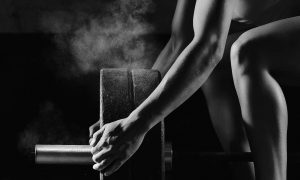Five Of The Best Chest Exercises For Maximum Growth

|
|
When it comes to bodybuilding, weight training, strength training, or general resistance training for that matter, many people have muscle groups and exercises that they enjoy working, and others that they don’t enjoy working quite so much. Because of this, a great deal of people will tend to focus on exercises and body parts that they enjoy working, and will neglect those that they don’t. When it comes to popular muscle groups, the pectoral (chest) muscles are a favourite for a great deal of people and yet despite this they will go into their chest workouts, week in and week out, and will perform the exact same exercises and the exact same routines again and again. As far as chest training is concerned, obviously you have your favourites *cough, bench press, *cough, but there are also many other exercises that will work just as well, if not better in fact, that you may not have even considered for one reason or another. If your struggling to add any real mass to your chest, or perhaps if your upper or lower pecs could stand to be brought up a little bit, here are five of the best chest exercises for maximum growth. Some you’ll be familiar with and will probably incorporate into your routines on a weekly basis, whilst others you may not have considered before. Let’s take a look.
Flat bench barbell press

The flat bench barbell press is arguably the most popular chest exercise in the entire world, and for pretty good reason too. It is a prime example of a compound movement that not only benefits the chest, but also works numerous other muscles as well, especially the triceps. When it comes to adding mass to the chest, there really is no finer example than the flat bench barbell press. Remember to always use a weight that you’re comfortable with, and if you are going heavy, always make sure that you have a spotter on hand in case you do encounter any difficulty.
Top tip – Use this exercise for building your chest rather than your ego. It doesn’t matter how much the guy next to you can bench press, or how much you want to brag on Facebook or Instagram, the simple fact remains that if you try going too heavy, too quickly, you run the risk of seriously injuring yourself. Instead, begin with a weight in which you can comfortably perform 8 – 12 reps before you fatigue, and focus on super strict form. Never bounce the bar off your chest, and at the bottom of the movement, try pausing for a second or two.
Incline dumbbell press
Whereas the flat bench barbell press is considered the perfect exercise for adding mass to pecs, it targets mainly the middle portion of the chest, and doesn’t always hit as much of the upper pectorals as you may have hoped. Incline dumbbell presses however, are fantastic for targeting the upper pectorals and are also considered safer than barbell presses. Sometimes, barbell presses, either flat or on an incline, can place excess pressure upon the shoulders, which is why so many people suffer rotator cuff injuries whilst trying to go too heavy with a barbell. By using dumbbells, less pressure is placed upon the joints and as a result they’re less likely to become injured.
Top tip – When using dumbbells to perform incline presses, make sure that you concentrate on your form rather than the weight that you’re using. Keep your arms in synchronicity and imagine you’re still using a barbell rather than a set of dumbbells. Simply put, you want both arms to moving at exactly the speed in-line with each other at all times.
Weighted dips

Now we’re reaching uncharted territory for some of you as not many people will perform weighted dips to work their chests on a regular basis. For overall chest activation, weighted dips are so vastly underrated it isn’t even funny. Weighted dips have been shown to stimulate the Central Nervous System and to activate more muscle fibres than many other exercises and due to the positioning of the body, it’s a great exercise for working the lower pecs.
Top tip – Dips are also used to work the triceps and so to ensure you’re targeting your chest muscles, lean your body forward slightly and slowly lower yourself down until you feel a deep stretch in your chest. If you don’t feel the stretch in your chest, lean forward slightly more. If you’re not confident with using extra weight, simply use your own bodyweight instead and perform more reps.
Incline dumbbell flyes
Another vastly underrated chest exercise is the incline dumbbell flye, and one of the reasons why it’s so underrated is the fact that many people simply don’t know how to perform it correctly. Rather than pressing to activate muscle fibres, this exercise is all about stimulating new growth by stretching these muscle fibres instead. When stretched under tension, studies have shown that muscle building anabolic pathways are stimulated incredibly well in the muscles, resulting in fantastic muscle growth, providing the exercise is performed correctly. By performing it on an incline, you can get a better stretch in the chest, thus stimulating more muscle growth.
Top tip – Move the dumbbells down slowly in a very wide arc and you’ll feel a deep stretch in your pectorals. When you feel the stretch, hold for 2 – 3 seconds and slowly return to the starting position and repeat as necessary.
Push ups
We’ve been performing push ups since we were kids, yet many of us were probably not aware of just how effective these basic bodyweight exercises are when it comes to working the pectoral muscles. Push ups can be performed quickly, and pretty much anywhere, they aren’t too physically demanding, and they’re a great way of really finishing up a chest workout, or are ideal when super-setted with other exercises.
Top tip – If push ups feel too easy to you, try experimenting with different hand positions, or try them using three chairs, with one chair behind you for your legs, and the other two either side of you for your hands. This will allow you to go much deeper, and get a much better stretch in the chest.














